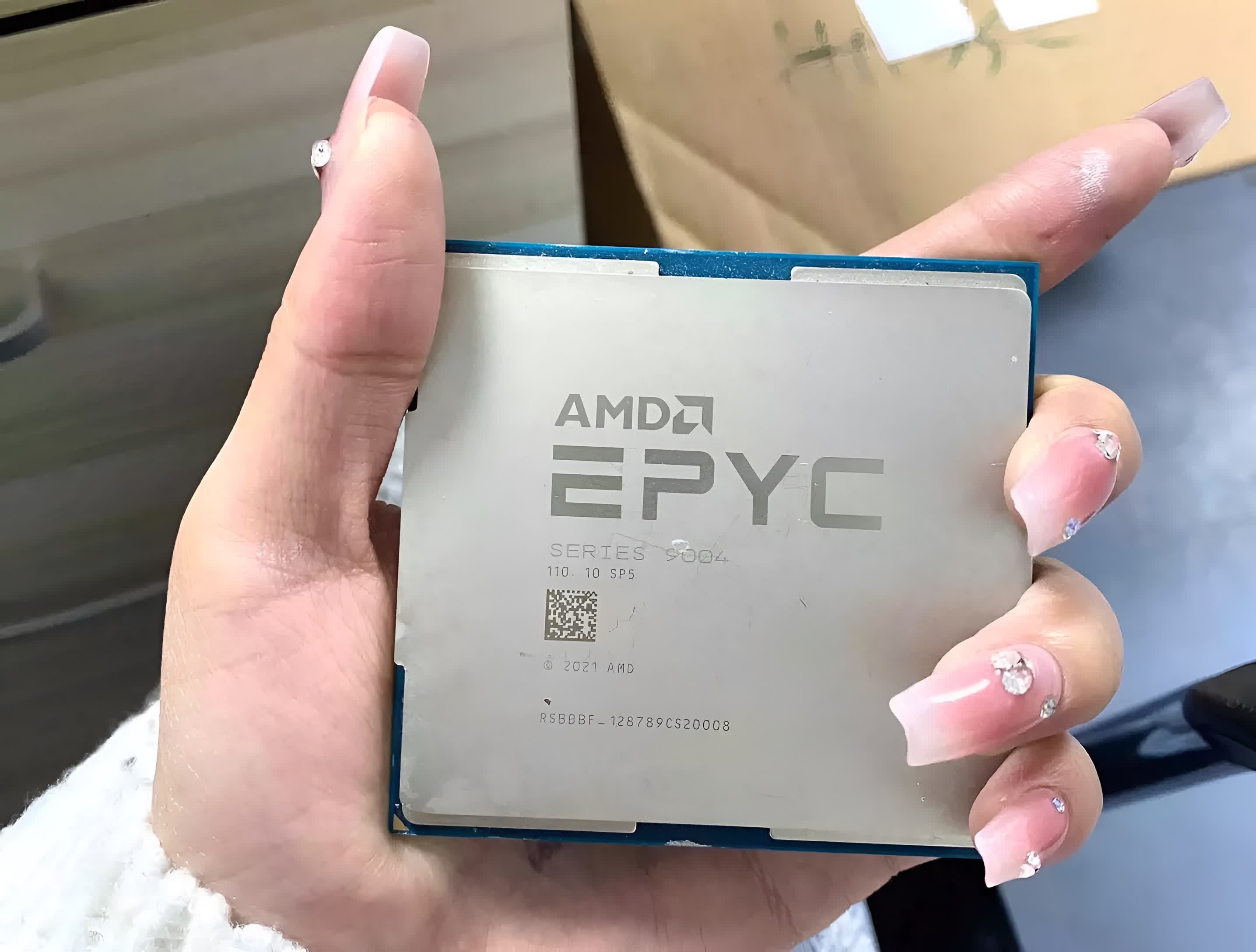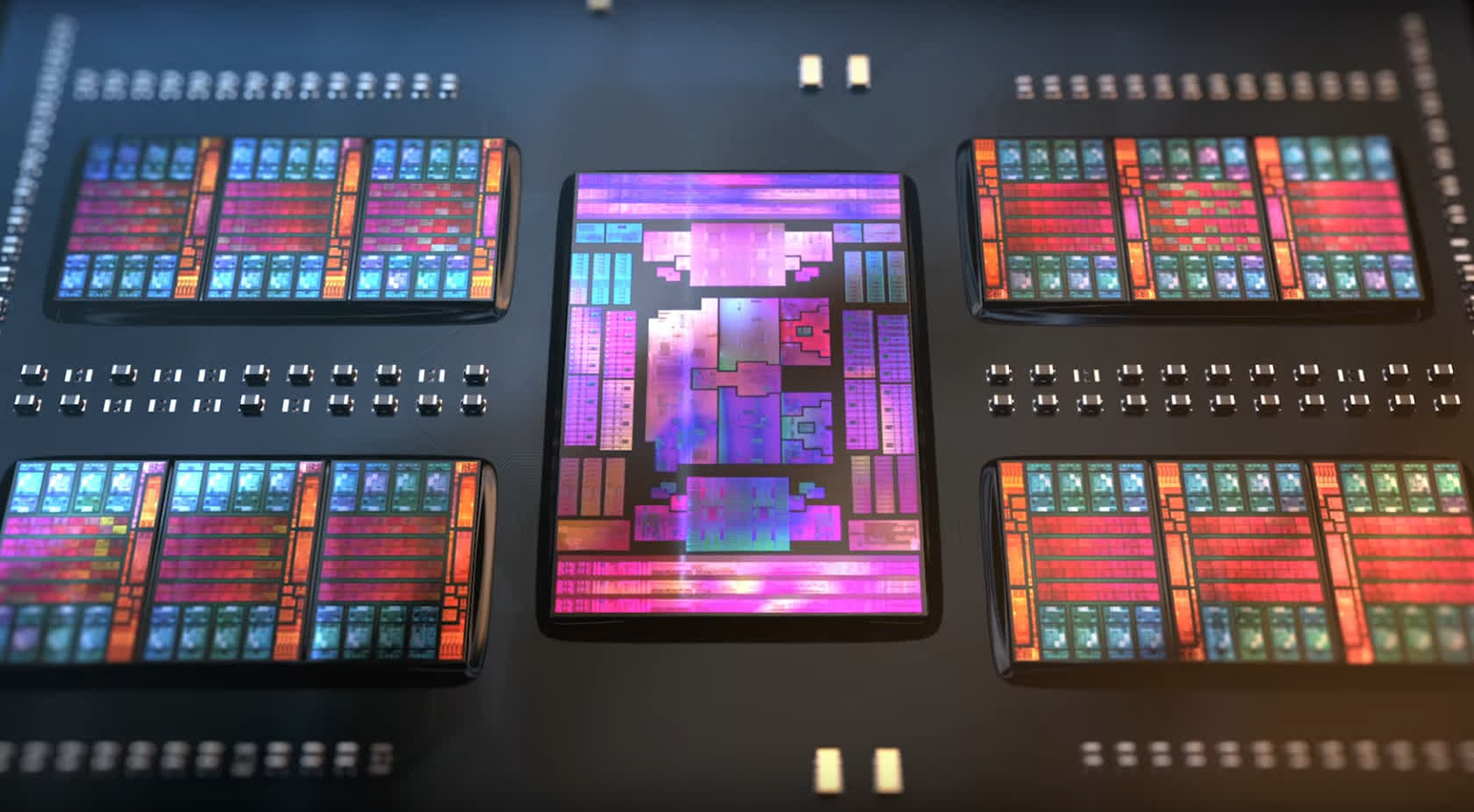The big picture: AMD recently launched a new line of Epyc processors for embedded applications, but we have yet to hear about Genoa-X, the lineup expected to take L3 cache into the gigabyte era. Now that alleged engineering samples are making an appearance on the grey market, hopes are up that it won't be long before we see their official debut.
AMD's Zen 4 CPU architecture was generally well received by reviewers, though it has yet to translate well into actual sales to gamers and enthusiasts. This shouldn't come as a big surprise, as the cost of AM5 motherboards and DDR5 memory kits is still a tough pill to swallow for many under the current economic climate.
Still, Team Red achieved decent performance and efficiency improvements that make most of its Ryzen 7000 series processors look like a great value when compared to Intel 13th-gen alternatives. The 3D V-Cache variants are hit or miss, but our own Steven Walton found the regular, non-X Ryzen 7000 series processors quite compelling for system builders.

Meanwhile, AMD has also been working on its much-awaited Epyc Genoa-X CPUs for enterprise clients. These are the successors of the Epyc Milan-X parts and utilize Zen 4 cores for up to 192 threads as well as a large pool of 3D V-Cache and 12 memory channels. They're expected to break cover later this year, but the company has yet to talk more about their per-socket capabilities and availability.
A seller on the Chinese website Goofish claims to have a working engineering sample of AMD's upcoming Epyc 9684X CPU. This might be our first glimpse at the flagship Genoa-X part equipped with 96 cores and a whopping 1,152 megabytes of L3 cache. It's hard to tell if this is indeed the real deal but the pictures offered by the seller do suggest this is a 9004-series Epyc CPU designed to be slotted into Socket SP5.
Also read: How CPU Cores & Cache Impact Gaming Performance
To get an idea of how big an upgrade Genoa-X will be over Milan-X, consider the fact that the L3 cache of the flagship Milan-X CPU (Epyc 7773X) was "only" 768 megabytes. Furthermore, Milan-X CPUs sport a maximum of 64 cores while the upcoming Zen 4 parts top out at 96 cores. Naturally, these will also sport higher TDPs than the regular Epyc 9004 CPUs, but a more important question is whether or not they will require a new LGA 6096 motherboard or be drop-in compatible for those upgrading from regular Genoa parts.
Either way, Genoa-X will no doubt be a boon for customers whose workloads fit in the oversized L3 cache – databases, computational fluid dynamics, electronic design automation, and structural analysis. And since Epyc processors seem to be selling like hotcakes as of late, this should also give pause to some Intel executives.
